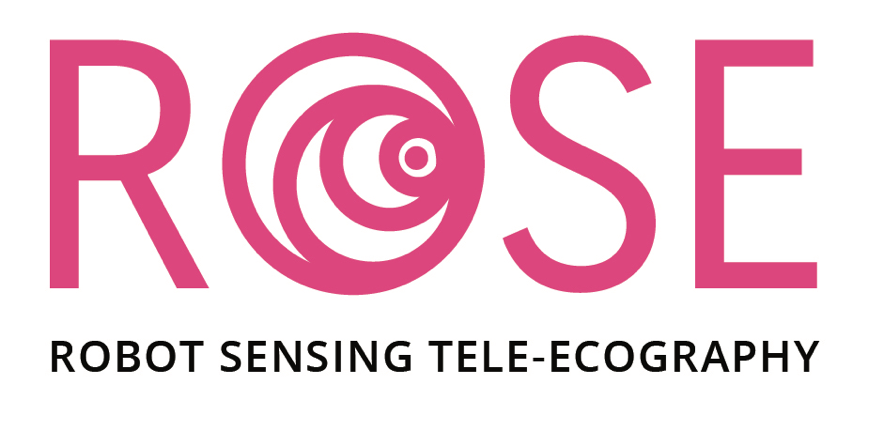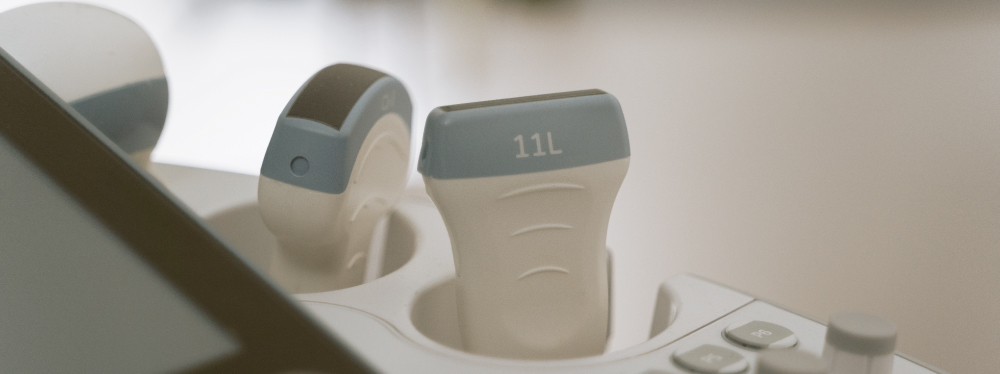ROSE
RObot SEnsing Tele-Ecography
Challenge
The main objective of this project is to develop a system (called ROSE) for the telemedicine market, based on recent advances in tele-ultrasound assisted by robotic technologies.
Several researchers from the Institute of Systems and Robotics of the University of Coimbra (ISR-UC) have been working in this area for the last 7 years, having developed new telecontrol solutions Collaborative of robots. The laboratory prototype developed at ISR-UC was successfully tested on gynecological / obstetrical examinations, paving the way for entry into the market.
Solution
Each ROSE system includes two ergonomic robotic stations (one on the medical side and the other on the patient side), a set of ultrasound probes equipped with the usual patient database system located in a Cloud and secure communication structures over the internet. Combining these elements, ROSE will allow interaction among multiple physicians and patients, mitigating travel inconveniences both on the patient's side and the medical side, and creating new services such as remote technical mentoring and international collaboration.
Currently, there are no mature solutions on the market to solve the problem of robot-assisted tele-ultrasound. In fact, the systems marketed until then had the market. The main reasons for this failure are (1) the lack of intuitive tele-manipulation experiences due to the absence of sensations of contact on the part of the doctor; 2) Incomplete control of positioning and orientation of the robot by the doctor, requiring an assistant. The consortium promoting the ROSE project proposes a disruptive solution strongly immersive and intuitive, based on recent technological advances, using binary controlled ultra-soft robots and telecontrol architectures compliant with haptic feedback.
Objectives, Activities and Results expected / achieved
The ROSE project started in January 2017. The first activity consisted of an detailed study of the requirements of the system, as well as its entire technicals pecification. This research was essentially carried out through various search engines on the web searching to know the products currently available on the market, the main reference companies in the area, scientific articles and theses in similar areas, such as the clinical practice of an ultrasound, other research projects and also equipment budgets. As indicated in the application, this survey is documented in the product requirements deliverable. This deliverable is a Word document that is available in a Dropbox folder shared between all members of the consortium. Given the nature of the entities involved in theproject, all members have been consistently kept up to date with the latest state of the art regarding telemedicine, ultrasound, robotic systems, and all solutions on the market, as well as the main research projects in area. Until the end of 2019, still didn’t exist a system technically as innovative as ROSE. The best current solutions require the permanent physical presence of a technician withthe patient to perform the exam and give no more than 3 degrees of freedom tothe doctor in controlling the probe. ROSE is the only system that allows total control by the doctor, providing an environment of true immersion with haptic feedback. The ROSE stands out, therefore, as the only system capable ofperforming a fully tele-operated ultrasound scan by a remote robot.
For more information, consult the project website.

Project Reference
CENTRO-01-0247-FEDER-017958Funding

Intervention Region
Center (100%) of PortugalTotal Investment
1.046.273,28IPN Investment
175.861,07Total Eligible
1.045.273,28IPN Eligible
175.736,07EC Funding – Total
746.979,55EC Funding – IPN
131.802,05Duration
24 MonthsStart Date
2017-01-01End Date
2020-12-31Approval Date
2016-11-30Consortium
Sensing Future Technologies, Lda;IMACENTRO - Clínica de Imagiologia Médica do Centro, S.A.;
Universidade de Coimbra;
Instituto Pedro Nunes.
Website
http://rose.las.ipn.ptKeywords
Robot-assisted;Tele-ultrasound;
Ecography.





